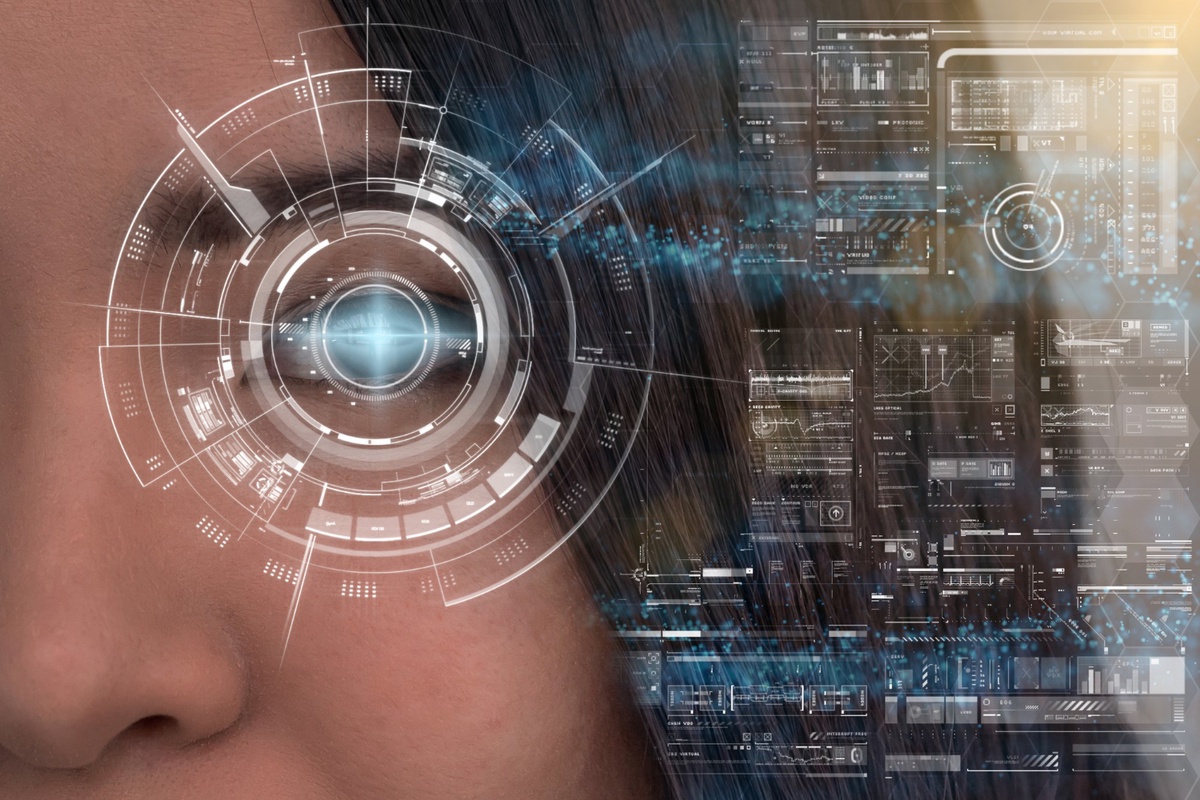The whirring of machinery, the rhythmic dance of robotic arms – the modern factory floor is a marvel of automation. But behind the scenes, a silent partner orchestrates this symphony of efficiency: the industrial camera. These specialized cameras are the eyes of the automated world, capturing crucial visual data that fuels embedded vision systems and drives intelligent decision-making in industrial processes.
What are Industrial Cameras?
Unlike their consumer counterparts, industrial cameras are built for a harsher environment. They are rugged and reliable, designed to withstand the rigors of factory floors – think dust, vibrations, and extreme temperatures. They also boast high-resolution sensors, capturing crisp and detailed images necessary for precise machine vision applications. Fast frame rates allow them to keep pace with high-speed production lines, capturing fleeting moments for real-time analysis.
Embedded Vision: The Power Behind the Pixels
Embedded vision is the magic that transforms raw image data into actionable insights. Specialized processors analyze the footage captured by industrial cameras, identifying patterns, objects, and anomalies. This real-time analysis empowers various automation tasks:
- Quality Control: Industrial cameras can inspect products on a production line, detecting defects with a level of precision that surpasses even the most eagle-eyed human inspector. This ensures consistent product quality and minimizes waste.
- Robot Guidance: Equipped with industrial cameras, robots can “see” their environment, allowing for more precise movements and tasks. Imagine a robotic arm meticulously picking and placing delicate components based on visual cues.
- Predictive Maintenance: By analyzing visual data of machinery over time, industrial cameras can help predict potential equipment failures before they occur. This proactive approach minimizes downtime and prevents costly breakdowns.
Beyond the Basics: Specialized Industrial Cameras
The world of industrial cameras offers a diverse range of options to cater to specific needs. Here are some notable examples:
- Line Scan Cameras: Ideal for capturing high-speed, continuous images of moving objects, perfect for applications like inspecting webs of material or monitoring product flow on conveyor belts.
- 3D Cameras: These cameras capture depth information along with visual data, enabling robots and machines to perceive the three-dimensional world around them, crucial for tasks like object manipulation and bin picking.
- Smart Cameras: These are essentially self-contained vision systems, integrating image processing capabilities within the camera itself. This simplifies integration and reduces the need for complex external processing units.
The Future of Industrial Cameras and Embedded Vision
The future of industrial cameras is bright. Advancements in sensor technology will continue to push the boundaries of resolution, speed, and low-light performance. Artificial intelligence (AI) will play an increasingly significant role, empowering embedded vision systems to make more complex decisions and adapt to changing conditions. We can expect to see even deeper integration of industrial cameras with other industrial technologies like the Internet of Things (IoT), creating a truly interconnected and intelligent factory environment.
Conclusion
Industrial cameras, often the unsung heroes of automation, play a vital role in driving efficiency and productivity across industries. Their ability to capture critical visual data and integrate seamlessly with embedded vision systems makes them an essential tool for modern manufacturing. As technology continues to evolve, we can expect industrial cameras to become even more sophisticated, ushering in a new era of intelligent automation.


No comments yet